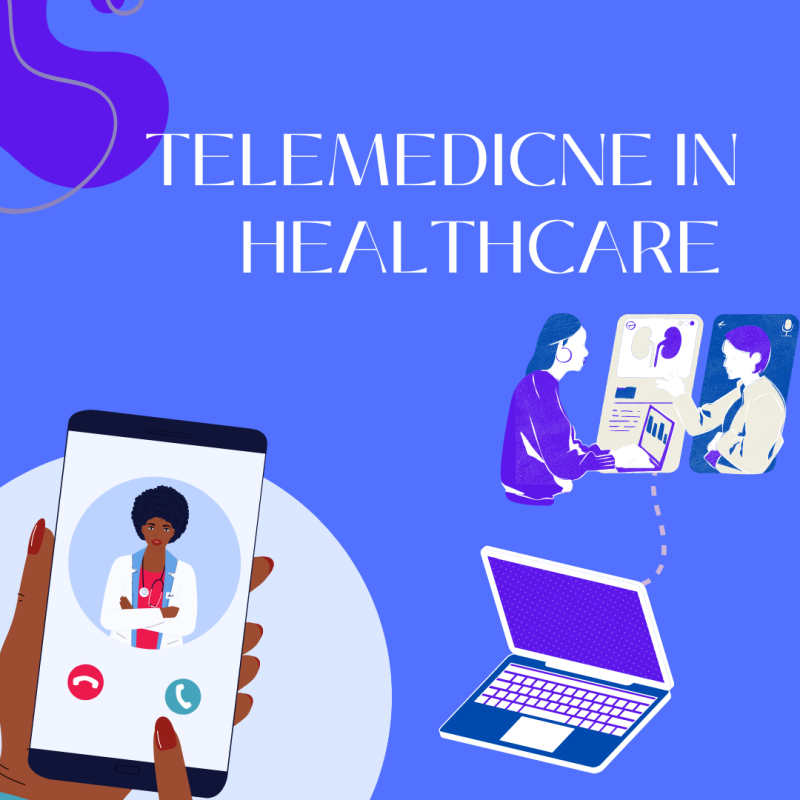
Relevant Articles:
1. "Global Disparities in Healthcare Accessibility: Challenges and Consequences" - An exploration of the disparities in healthcare accessibility worldwide, highlighting the challenges faced by underserved populations and the consequences of limited access to healthcare services.
2. "The Rise of Telemedicine: Opportunities and Challenges" - A comprehensive review of the evolving landscape of telemedicine, emphasizing its potential to bridge healthcare accessibility gaps, increase patient outreach, and improve overall healthcare delivery.
3. "Case Studies on Successful Telemedicine Implementation: Enhancing Patient Care Across Borders" - Examining real-world examples of healthcare institutions that have successfully integrated telemedicine, showcasing improvements in patient outreach, cost-effectiveness, and healthcare outcomes.
Solution:
The integration of telemedicine into healthcare services offers a transformative solution to the global healthcare accessibility gap. By leveraging technology for remote consultations, telemedicine enhances patient outreach, particularly in underserved regions, and facilitates the delivery of healthcare services to those who face geographical, financial, or other barriers.
Aim of the Dissertation Project:
This dissertation project aims to bridge the healthcare accessibility gap by proposing the integration of telemedicine into healthcare services. The project will focus on:
1. Analysis of Global Healthcare Accessibility Disparities:
- Conduct a comprehensive analysis of the disparities in healthcare accessibility globally, emphasizing challenges faced by underserved populations and consequences of limited access to healthcare services.
2. Exploration of Telemedicine as a Solution:
- Explore the potential of telemedicine in addressing healthcare accessibility gaps. Examine its role in increasing patient outreach, providing cost-effective solutions, and improving healthcare delivery to remote or underserved regions.
3. Development of Telemedicine Integration Models:
- Propose models for integrating telemedicine into existing healthcare services. Develop strategies to ensure effective communication, secure data transmission, and the seamless integration of telehealth technologies.
4. Case Studies Demonstrating Successful Telemedicine Implementation:
- Showcase real-world case studies where healthcare institutions have successfully integrated telemedicine, highlighting improvements in patient outreach, cost-effectiveness, and healthcare outcomes.
5. Stakeholder Perspectives and Regulatory Considerations:
- Evaluate the perspectives of healthcare providers, patients, and regulatory bodies regarding the integration of telemedicine. Address ethical considerations, potential challenges, and regulatory requirements associated with telehealth services.
6. Implementation Guidelines and Training Strategies:
- Develop practical guidelines for the implementation of telemedicine in healthcare services. Provide recommendations for training healthcare professionals, ensuring patient privacy, and overcoming potential barriers to adoption.
Conclusion:
This dissertation project aims to contribute to the reduction of healthcare accessibility disparities by proposing the integration of telemedicine into healthcare services. By addressing global disparities, developing telemedicine integration models, and presenting real-world success stories, the project aims to pave the way for more inclusive and accessible healthcare services globally.
Add comment
Comments